Short Selling for the Long Term: How a Combination of Short and Long Positions Leads to Investing Success
$22.36
| Author(s) | |
|---|---|
| Format |
|
| Pages |
254 |
| Publication Year |
2020 |
Short Selling for the Long Term describes the methods used by Joseph Parnes, President of Technomart, to obtain consistent returns in the stock market. Most investors fail to exceed the returns represented by the Standard and Poor’s Stock Index, but Parnes often does using his investment philosophy. This book outlines his method of stock assessment, providing an understandable formula. If the formula tells a reader to buy a stock, then, as explained, there is a significant chance that stock will go up. If the formula tells a reader to short a stock, then the book shows how there is a significant chance that the stock will go down.
Author’s Note:
There is a reason some of you may have not heard of me before. I am neither a billionaire nor a talking head; rather, I consider myself to be a contrarian. I have been personally successful regarding the stock market in terms of developing a short and long strategy. I have taken a long time—almost 30 years—to write this book, as I have taken some issue with those who are so dramatically successful and purport to offer a path to becoming a similarly situated billionaire. There is a reason there are so few of them around, and I believe that this book instead illustrates my personal strategy, not premised on the claim that one will become handsomely rich for all time, rather on my ability to become financially independent. I believe this goal is truly attainable and reflective of the seemingly vanishing American dream.
So who am I? I emigrated to the United States from Tehran, Iran after graduating from high school prior to the Iranian revolution of 1979. The United States seemed to hold the most promise for me, so I obtained a student visa and enrolled in college to study engineering. I financed my way through college by working as an X-ray technician at a local hospital over nights and weekends. These were very difficult times for me. My parents in Iran had both passed away, I had no relatives in the United States, and I had arrived with no money. I was able to complete my studies in engineering in three and a half years, due to my advanced placement in mathematics (obtained by taking a qualifying examination). After years of studying engineering and economics, I landed my first job in New York City, at Western Electric, which was the manufacturing division of AT&T.
Starting in the 1970s, amidst the Watergate and oil crisis, contrary to most investors I started investing in the stock market. I soon recognized that short positions, when used in conjunction with long positions as a hedge, enhanced my returns. I began making money, started publishing a market letter called Shortex, and founded Technomart R.G.A. Inc. (also known as Technomart Investment Advisors) to manage other peoples’ money. I began to get media attention, and eventually, I appeared on CNN-FN, Bloomberg, CNBC, and radio and TV stations all over the globe. I am grateful to have been featured in Forbes, Barron’s, and Investor’s Business Daily, to name a few of the publications. In 2011 I was invited by the Bank of England and the Financial Market Committee to appear before the Financial Market Law Committee (FMLC) of the United Kingdom to serve as a keynote speaker on short selling before an audience of members of the Appellate Committee of the House of Lords, which is most analogous to the US Supreme Court. I am currently the editor and publisher of the Shortex Market Letter and president of Technomart Investment Advisors.
This book illustrates the art of short selling, which is quite difficult to master for most because of the scarcity of float and/or liquidity. On the one hand, shorting can generate impressive gains. On the other hand, it exposes its traders and investors, at least in theory, to a loss, and the expenses for carrying charges. In the past decade I feel that both high-frequency traders (HFTs) and institutional traders have had the ability to influence the market through programmed trades and subquotes done in nanoseconds, putting the individual short seller at an inherent disadvantage.
I have developed a relatively reliable selection method, which I call short selling for the long term, that I describe further in this book. The short positions in portfolios of $1 million and up are based on the initial premise of the 130/30 investment model. This means I invest 100% of the portfolio into long positions, and then select stocks to short, representing approximately 30% of the total value of the portfolio. I then take the proceeds from the shorts and reinvest that money into long positions. This gives me 130% of the portfolio in a long position and 30% of the portfolio in a short position. Depending on individual objectives of investors, and market variables, a single portfolio may have a 120/20 to 200/100 ratio of long to short holdings. Using the typical 130/30 model, I select long positions that equals 130% of the nominal capital invested and select short positions that equals up to 30% of the nominal capital, giving a net market exposure of 100%. The book explains this concept in detail and it is my sincere belief and hope that you will find it of tremendous value.
Contents:
- Investment Philosophy
- The Bank of England Lecture
- Portfolio Management—General Principles
- Explanation of the Use of the 50-Day Moving Average and 200-Day Moving Average
- The Theory Behind the “Parnes Parameters”: Using Pattern Recognition, Retrospective Analysis, and Bayesian Analytics
- Variables to Consider for the Parnes Parameters
- Shorting for the Long Term
- A Case Study for a Stock I Shorted for the Long Term—Chipotle
- Case Studies for Integrating Shorts for the Long Term with Longs
- Modern Trader Charts
Short Selling for the Long Term: How a Combination of Short and Long Positions Leads to Investing Success By Joseph Parnes pdf
7 reviews for Short Selling for the Long Term: How a Combination of Short and Long Positions Leads to Investing Success
Clear filtersOnly logged in customers who have purchased this product may leave a review.

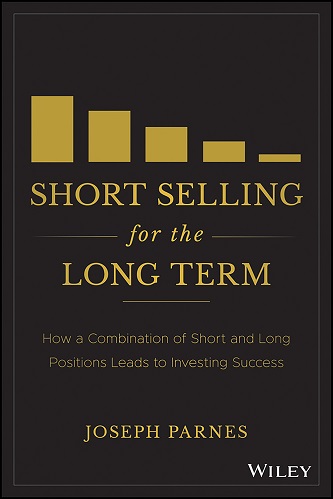

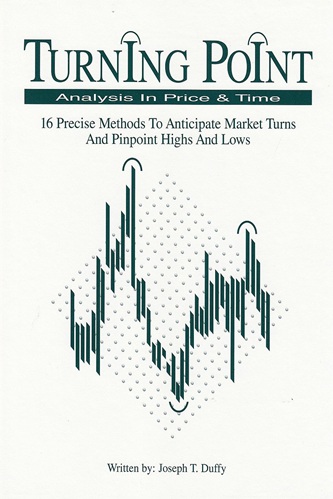
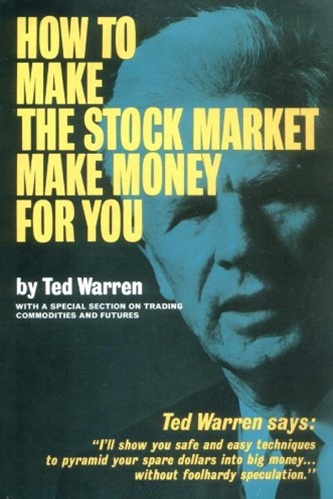
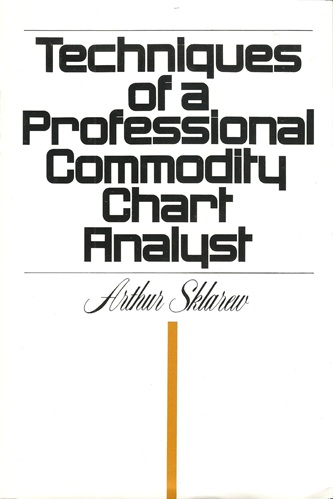
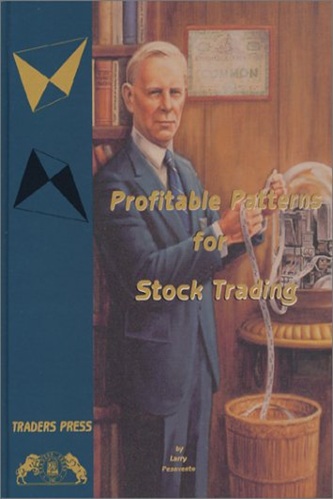
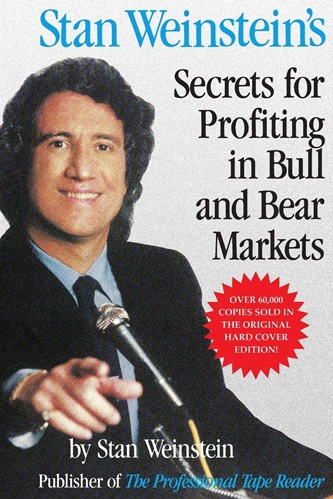
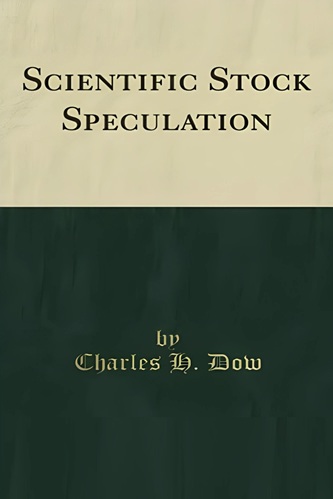
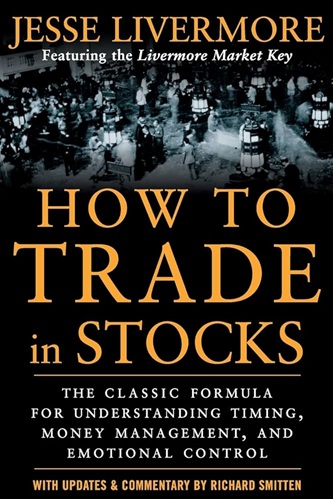
Kaylie Vaughn (verified owner) –
Congratulations to Joe Parnes on writing his new book SHORT SELLING FOR THE LONG TERM . Joe has been an amazing friend and adviser to me and my family for many years and I value his expertise in investing and managing our accounts so beautifully. Both in good and tough times Joe is always our steady voice and I trust him completely. I am excited to read his new book!
Freya Lambert (verified owner) –
Joseph Parnes is one of these authors who think they are the only person in the world to possess common sense. The whole book is about realities that are self-evident, yet being presented as if only invaluable experience and rationality could provide them. If you are already a seasoned investors, this will be a waste of time. If you are a beginner, you won’t find in this book a clear step-by-step guide to investing. It’s 2020, give us a book with data because your common sense is not science nor is it interesting. Here’s the stupidest quote from the book: “Do not forget that there is not a loss in a short until you actually cover it at a loss”. Absolutely genius.
Remy Salazar (verified owner) –
Finally,after literally trying to understand short selling for past fifty years ( not exaggerating) it has been explained in an understandable way. I have asked many financial advisors for years to explain this to me and all failed. I finally came to the conclusion that they themselves didn’t get it.
Highly recommend this book to any one who would also like to understand short selling. As a bonus, what an amazing life’s journey this self made financial guru ( Joseph Parnes) has traveled.
Ansley Valdez (verified owner) –
I wish I had read this book before the Covid 19 debacle hit the market. This book makes sense, and is written so that average investors can really apply the principals to their own portfolios. While I had always avoided shorts, the way the book explains their application to the market is logical and productive. Unlike other “how to” books, this one focuses on concepts, so the reader is instructed how to think, not what to think. This is a very well done book.
Mario Cabrera (verified owner) –
What can I say? except that the market is so volatile and I decided to take a chance on how to not only short but to try to mitigate my depleting portfolio. The other books I saw were so old I can’t imagine they are truly applicable. Objectively, I have typically done well with long strategies . I have dabbled in Shorts, but they are darn hard to master. I found the book to provide some simple aspects to managing shorts in this crazy market, but I do wish that there was a little bit more to read. That being said, I can only say that I was able to use the material to mitigate my portfolio and have been able to actively trade and my portfolio which was on the decline has hemorrhaged. So I don’t want to project what will happen in the future, but I am using the information to understand how to try to better use short selling in this Covid 19 market and I am happy so far. My portfolio status tells me what makes sense
Kyler Lugo (verified owner) –
Interesting long short perspective. Interesting but simplistic technical analysis. Unrealistic in-depth analysis for individual investors to carry out. Way too much space allocated to outdated examples terminology much of which wasn’t relevant.
Zaid Faulkner (verified owner) –
I learned a great deal from reading this book. I never understood the mechanics of short selling, although I have been involved with investing for the past fifty years. Parnes’s explanations are clear and definitive. The history of short selling , and risks of the practice are described in detail.
Parnes’s investment philosophy is fascinating . He invests with both long and short positions in the same entity to yield more investment value per dollar, as well as a hedge against losses in those entities.
I found the analysis of stock charts to be especially intriguing. Terms like the “death cross,” “resistance line,” and “short squeeze” add both adventure and understanding when studying stock charts.
Charts and the analyses thereof of several well-known companies are included in SHORT SELLING for the LONG TERM. I recommend that this book be used as a textbook for students of finance and investment guidance.
I have Joseph Parnes’s book, SHORT SELLING for the LONG TERM in my library right next to Graham and Dodd’s SECURITY ANALYSIS. These books are both classics for the finance profession